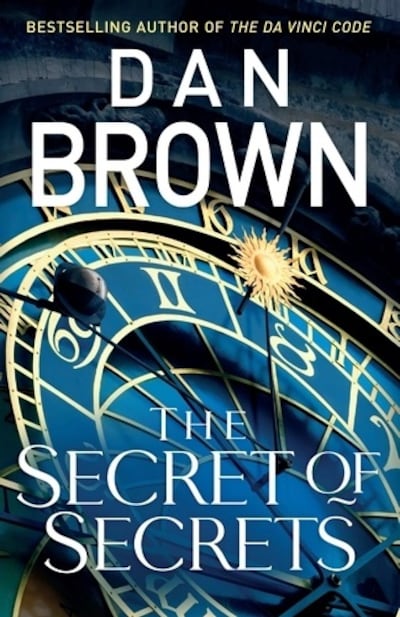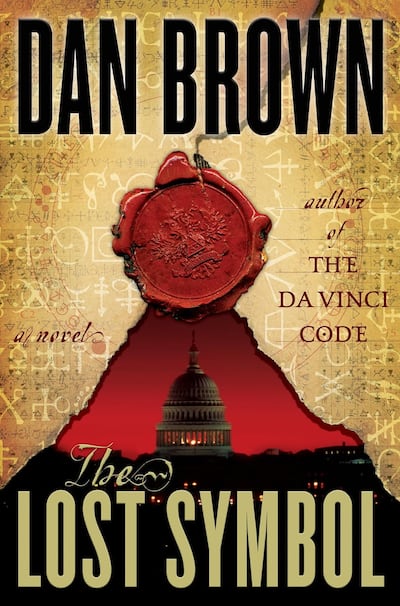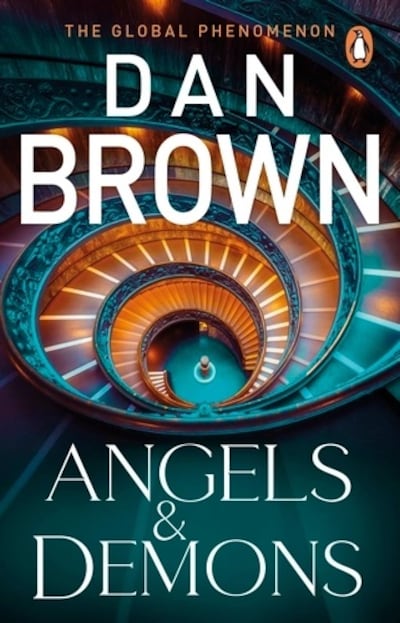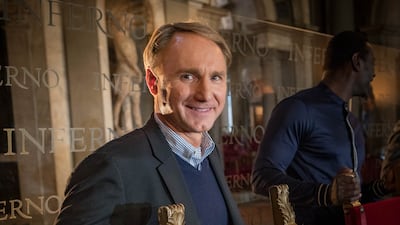Does the world need another Robert Langdon novel?
The response to that question will be tested on September 9, when the character's creator, American writer Dan Brown, returns with The Secret of Secrets. Brown became something of a literary phenomenon with The Da Vinci Code in 2003 – the blockbuster that turned Robert Langdon into an unlikely hero.
A Harvard professor of symbology, Robert has a doctorate and a habit of stumbling into conspiracies that threaten global order, armed only with his knack for deciphering codes, symbols and the contents of rare manuscripts.
After seven years away, Langdon is back, scurrying once more through Europe. This time the trail runs from Prague to London and New York, where he searches for answers to a secret project with potentially devastating consequences.
One shift is already clear: Netflix is in on the action. The rights for the book have been sold to the platform with plans for a series adaptation co-produced by Brown and Carlton Cuse, the screenwriting veteran behind Lost and Jack Ryan.

With more than 250 million copies sold and translations in 56 languages, including Arabic, the Langdon novels remain one of the most bankable series in modern fiction. And a reason for that, according to Brown, is that he always felt in tune with his vast readership.
“The enthusiasm of my readers is far more important to me than anything else. Of course I wish that every reviewer loved my work, but that’s never the way things work in the creative arts,” he told The National during a visit to the Sharjah International Book Fair.
“Whether you’re an author, a chef or a composer, all you have to guide you is your own personal taste – you create something that you yourself like and then you hope others share your taste. With that in mind, I simply set out to write a book that I myself would want to read.”
As we wait for The Secret of Secrets, here is how we rank Brown's earlier books in the series, ranging in order from average to outstanding.
5. The Lost Symbol (2009)

The Langdon novels work when they keep moving – clipped chapters, a sense of urgency, history in capsule lessons. The Lost Symbol forgets that. At 600 pages, it is the longest of the series thus far, and the extra weight shows.
The premise has potential – Langdon racing to save a kidnapped friend while decoding the secrets of the Freemasons – but the lectures pile up, the tension dies. Even Hollywood walked off. The book was meant to follow The Da Vinci Code on screen, with Tom Hanks in the lead, but producers abandoned it and jumped straight to Inferno. The result is a bloated entry that stalls where the series usually sprints.
4. Inferno (2013)

A laudable misfire or a worthy correction to The Lost Symbol, Inferno returned Robert Langdon to form with Brown’s most streamlined novel in years – yet one that carries no less ambition. Set mostly in Florence, the story finds him unravelling a secret society’s bioterrorist conspiracy: a plague engineered to solve global overpopulation.
Dante’s Divine Comedy provides a dark literary undercurrent, but those references add texture rather than weighing down the narrative, which still races through alleys, basilicas and frescoed halls. Readers are divided over the ending. Without giving anything away, many found the resolution needlessly convoluted, undercutting the intricate set-up.
Still, the book was a commercial hit – selling more than six million copies worldwide – and its 2016 film adaptation brought Langdon’s latest ordeal to wider audiences.
3. Origin (2017)

The magic behind Brown's enduring appeal is his ability to take an escapist plotline – in the case of the excellent Origin, Langdon solving the murder of a former pupil – and use it to ask grand, existential questions about human survival, the value of faith in modern society, and how we treat history.
Origin synthesises all these elements with flair. Set in the Spanish cities of Bilbao, Barcelona and Madrid, in it Langdon studies ancient manuscripts and hobnobs with tech billionaires to solve a case whose clues are hidden in cathedrals, codes and symbols. Fun and brainy.
2. The Da Vinci Code (2003)

The difference between a bestseller and a literary phenomenon is what happens outside the commercial charts. The Da Vinci Code became a runaway success almost instantly, but its impact went further – it sparked public debates on theology, created a tourist boom at the Louvre in Paris, and turned Basilica di Santa Maria delle Grazie in Milan into a cultural landmark as well as a house of worship.
This wouldn't have happened if the book wasn't a solid thriller. The opening murder sequence hooks readers immediately, introducing symbologist Robert Langdon and cryptologist Sophie Neveu as they uncover a conspiracy linking artist Leonardo da Vinci's masterpieces to a secretive Christian order. Over 20 years later, readers may not remember every intricate detail, but they remember the page-turning excitement that great thrillers deliver.
1. Angels and Demons (2000)

While officially the debut of the Robert Langdon series, this was the second book picked up by many readers after they got hooked to The Da Vinci Code – and, for many, it remains the best. Angels & Demons is darker and more atmospheric, set in Rome over a single night.
Brutal murders linked to the Illuminati, a secret society, force a reluctant Langdon to overcome his nerves as he helps investigators track a ticking bioterrorist bomb using his knowledge of history and symbology.
It took the world time to discover this unlikely literary hero, but Angels & Demons set the tone for the series. The later books grew bigger and bolder, but this one carries intensity from an author still free of fan expectations and writing out of pure drive. That energy, coupled with Brown's affection for his characters, makes Angels & Demons feel like pure entertainment.



